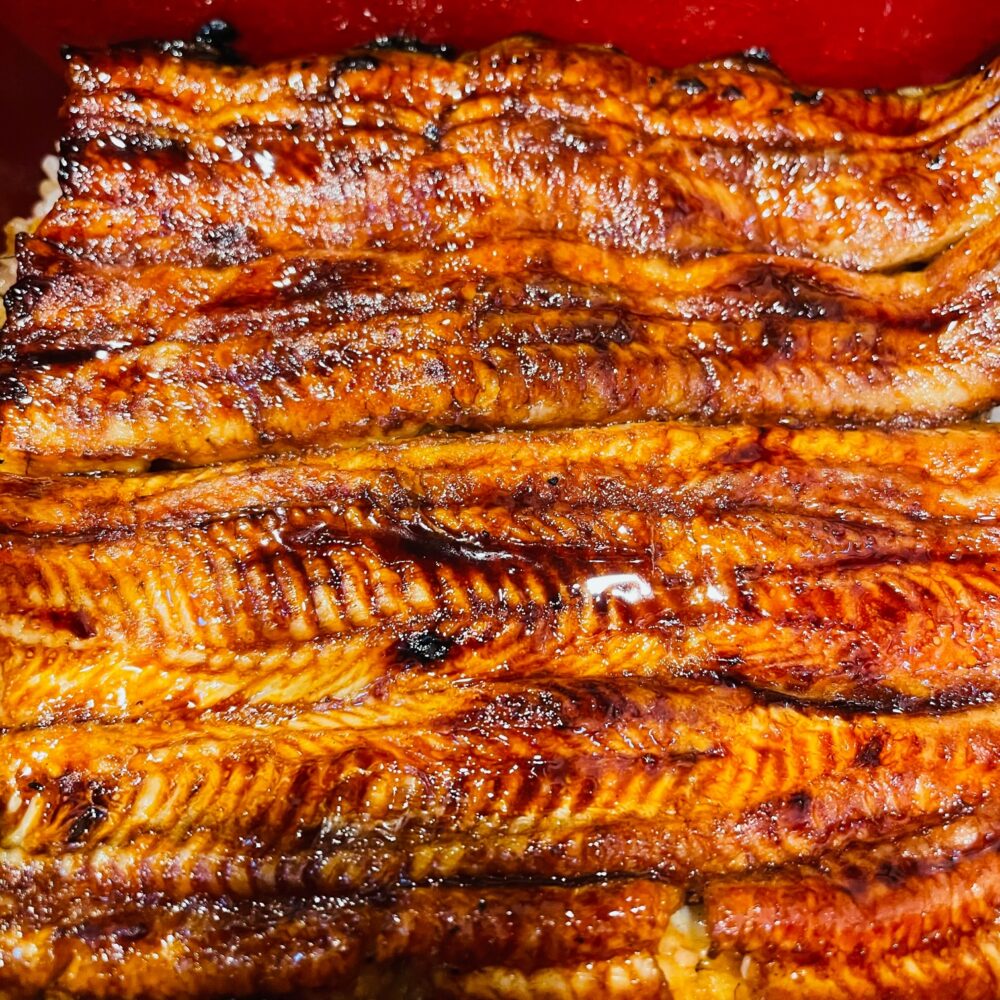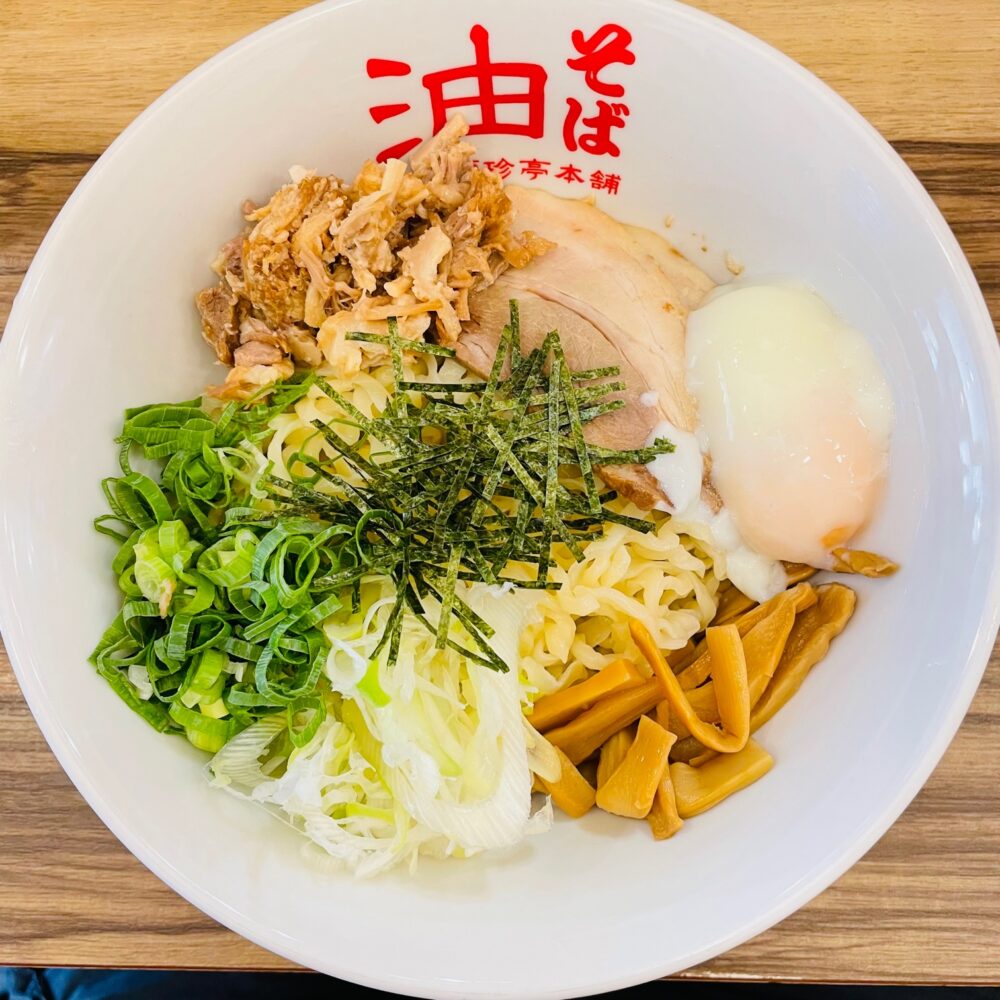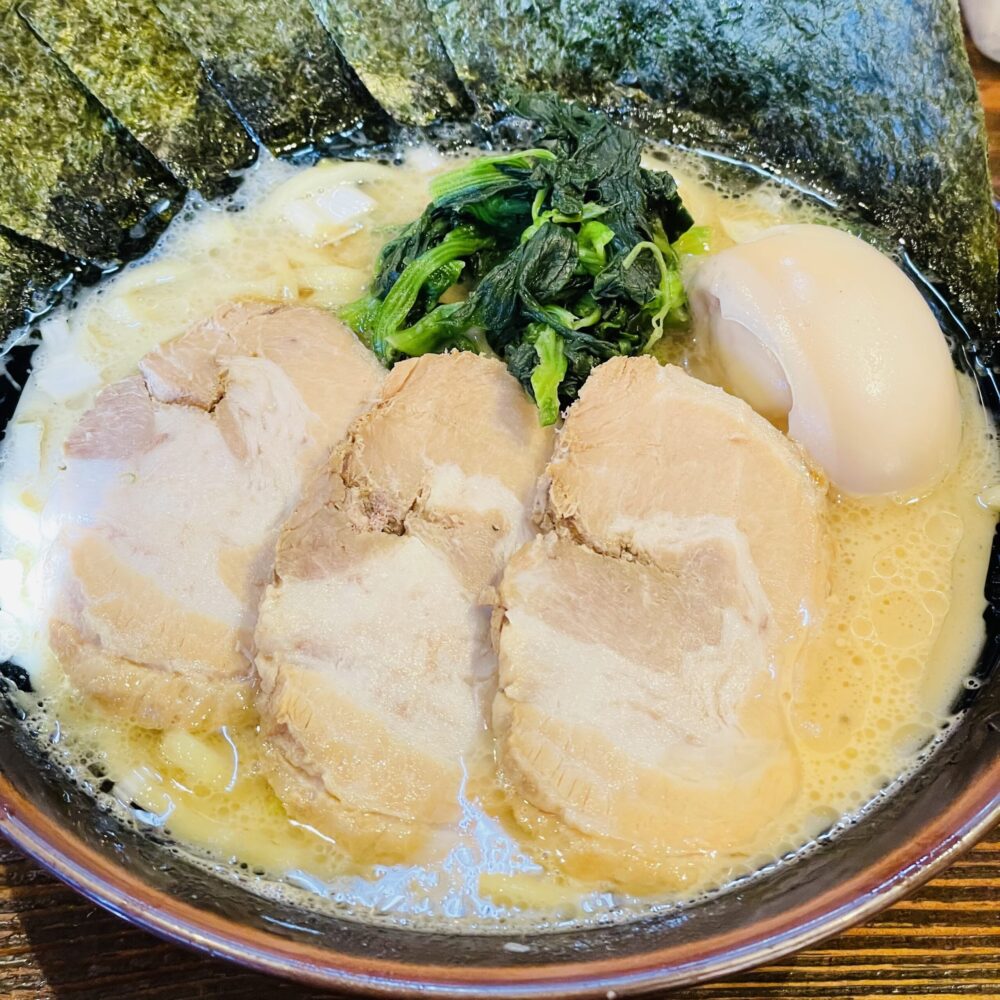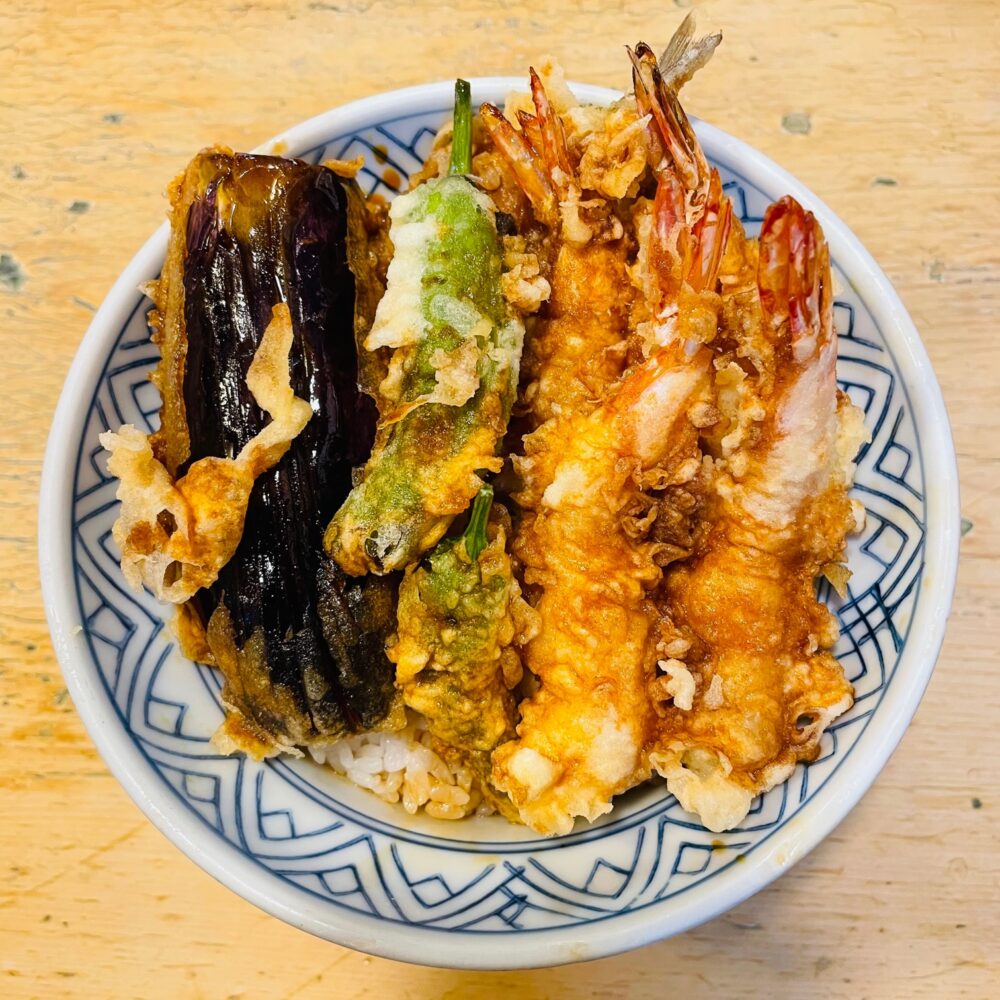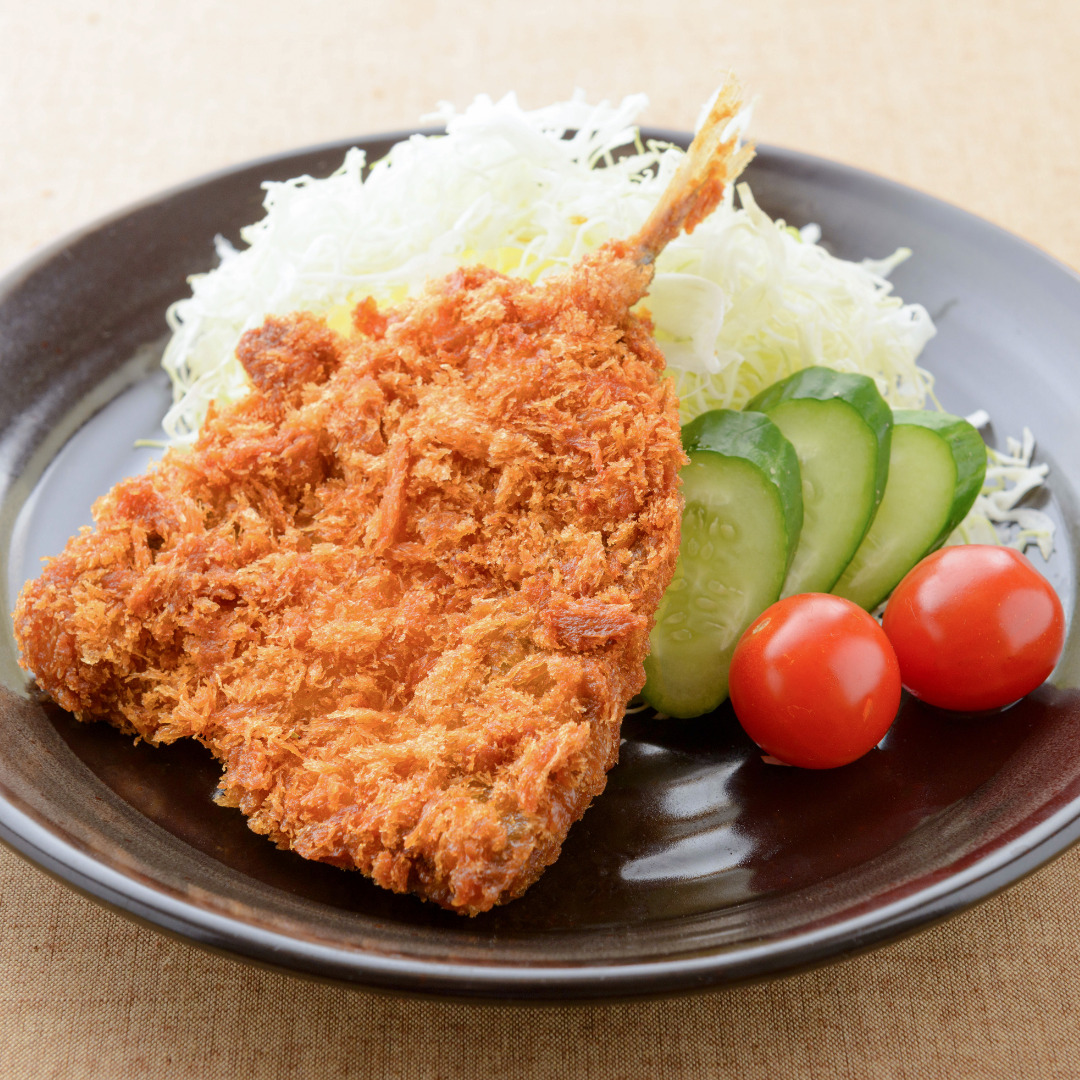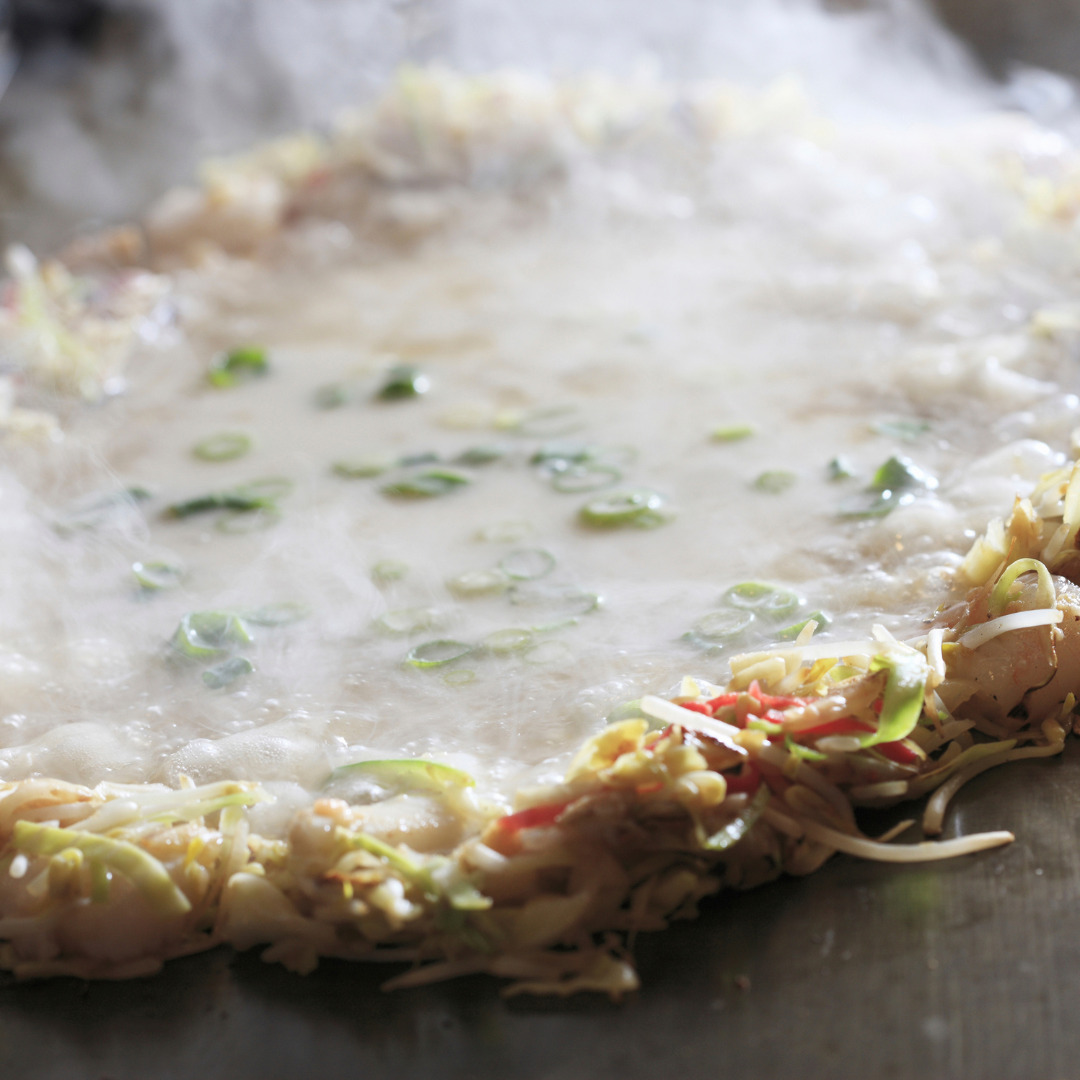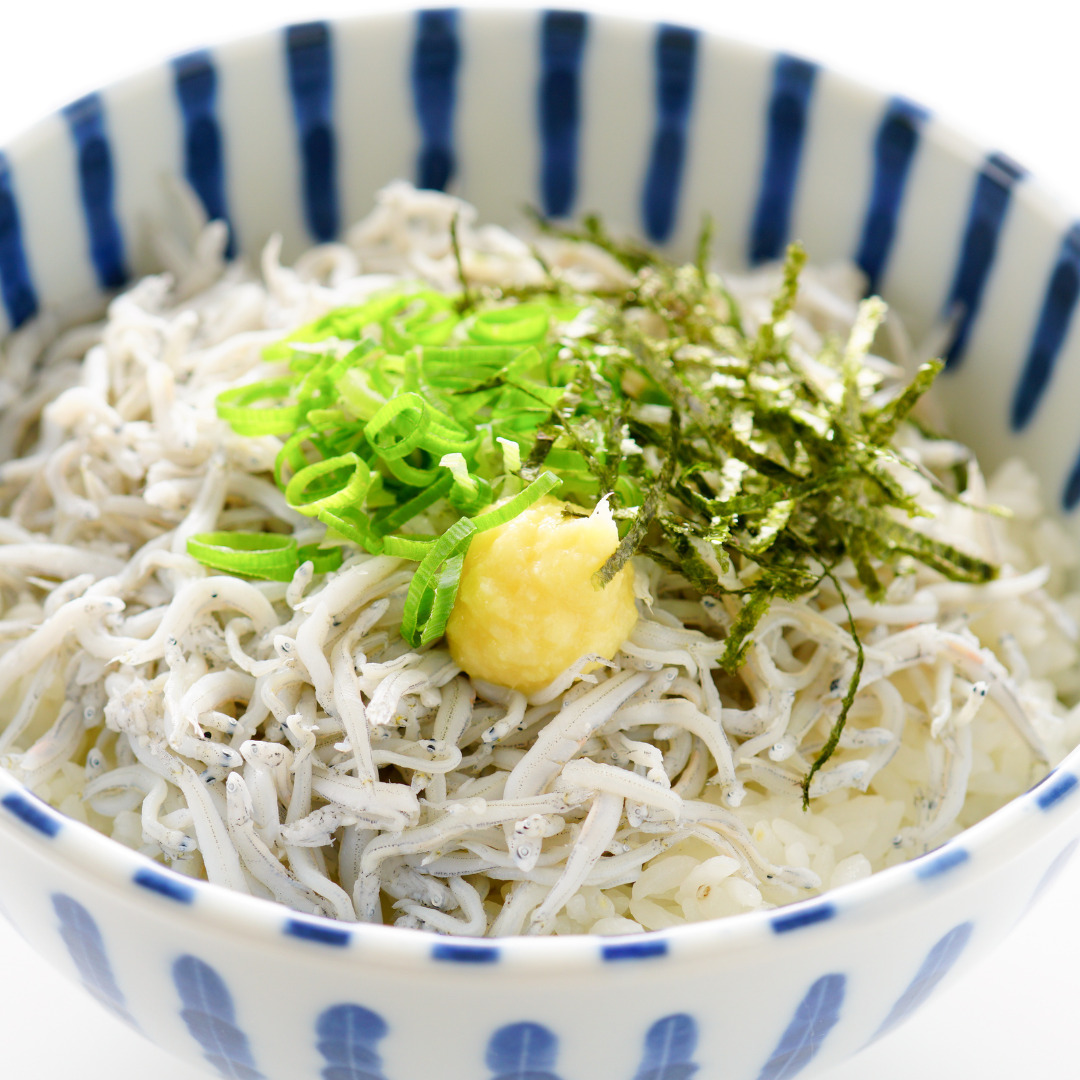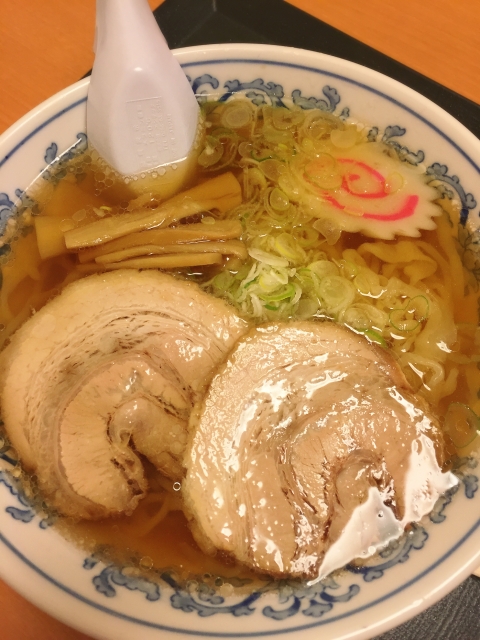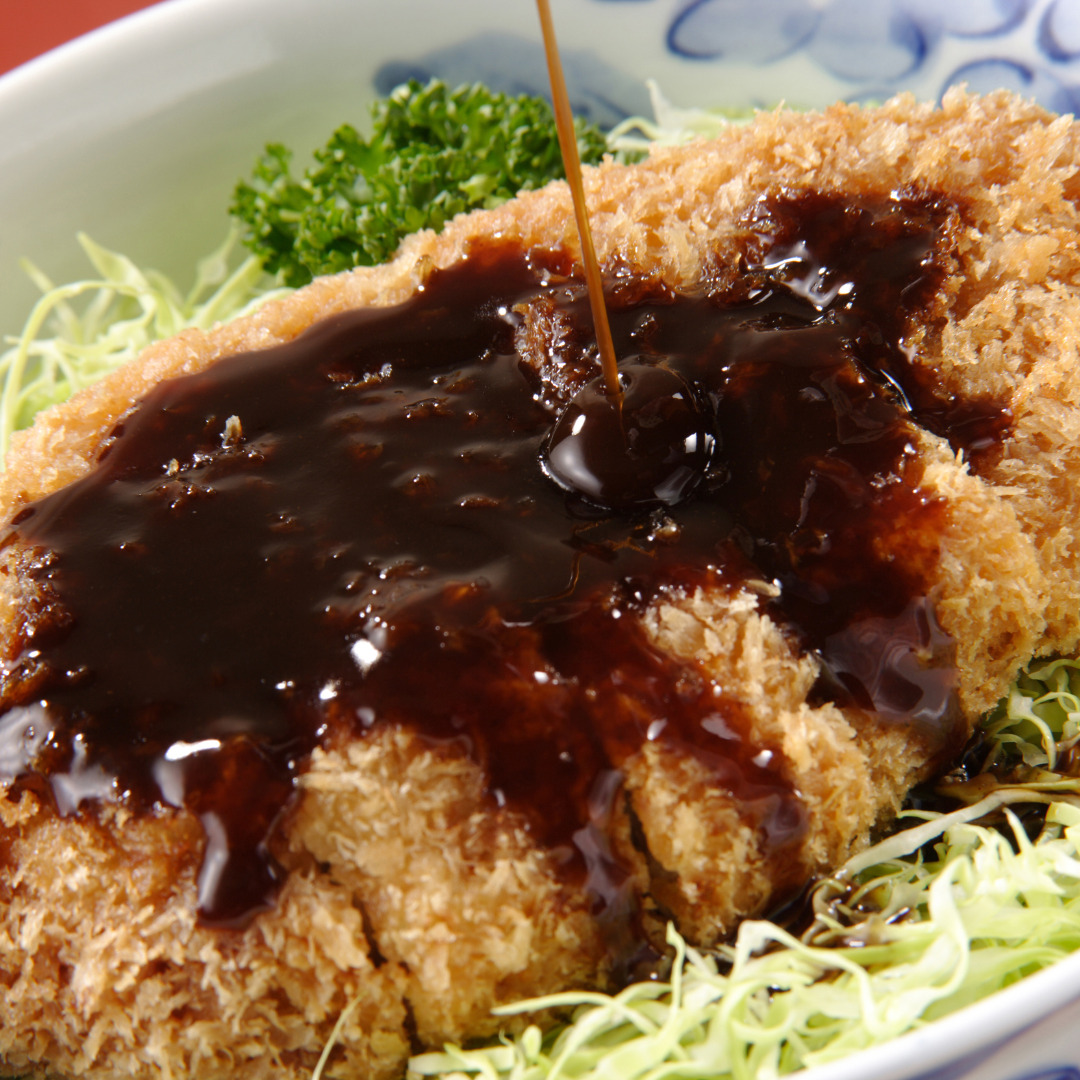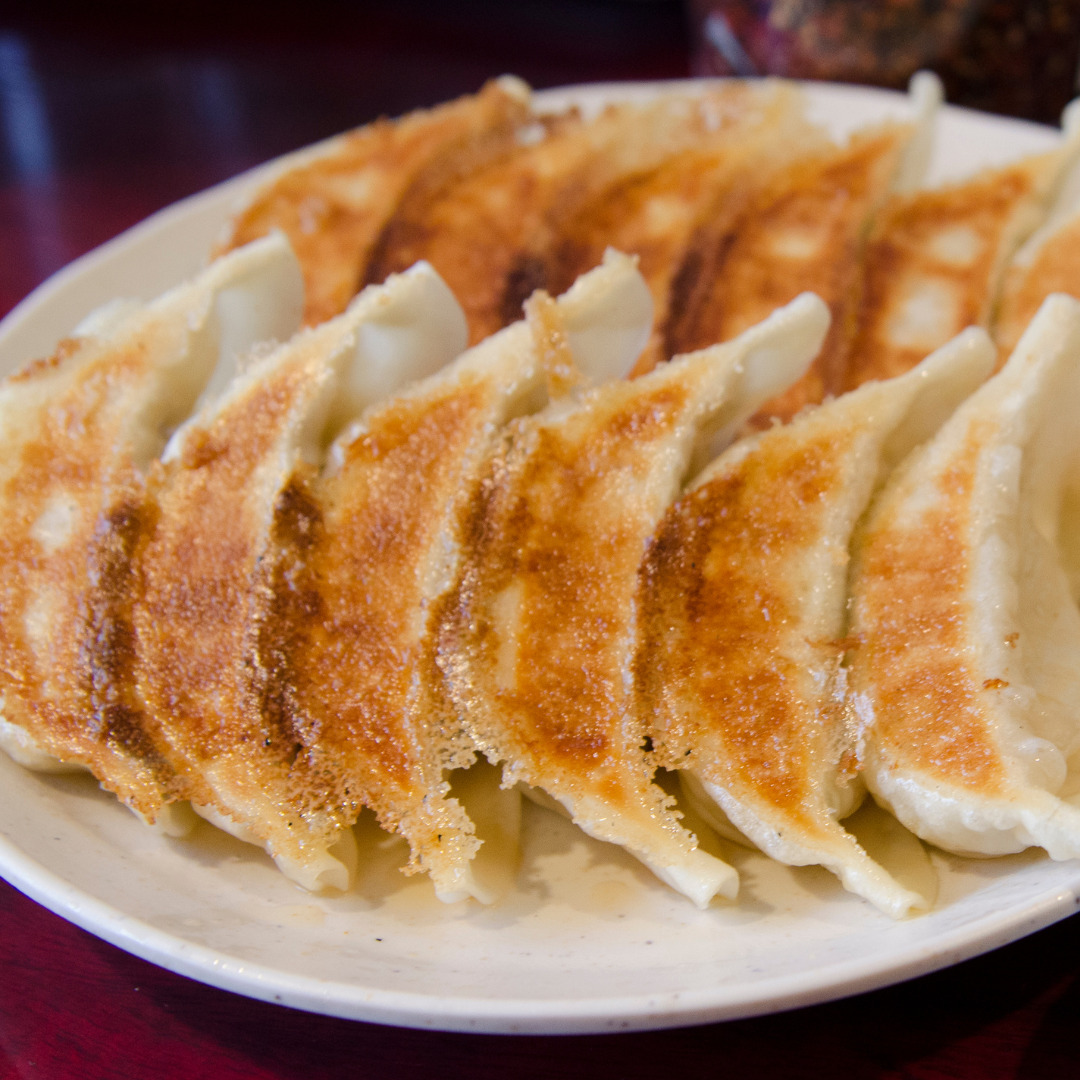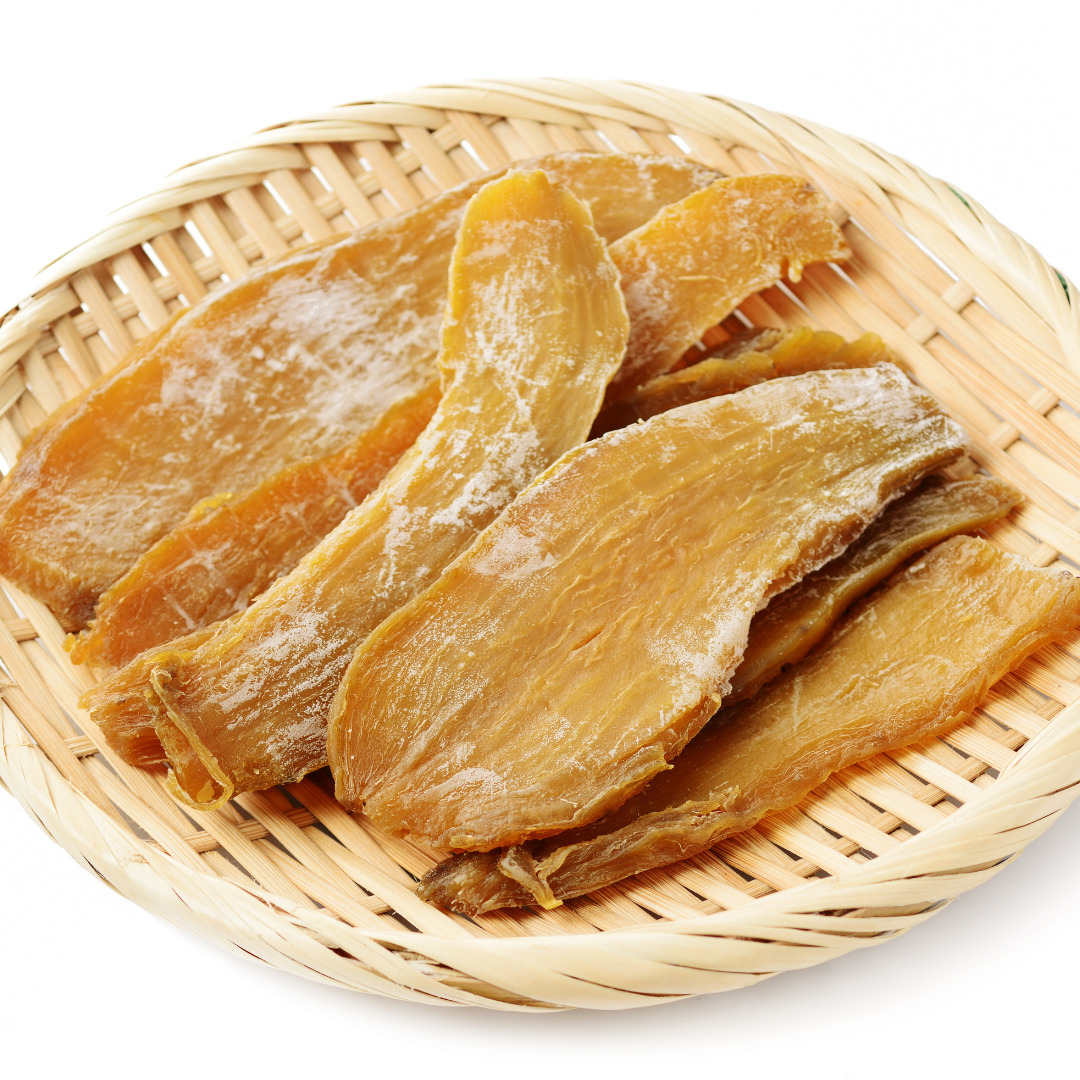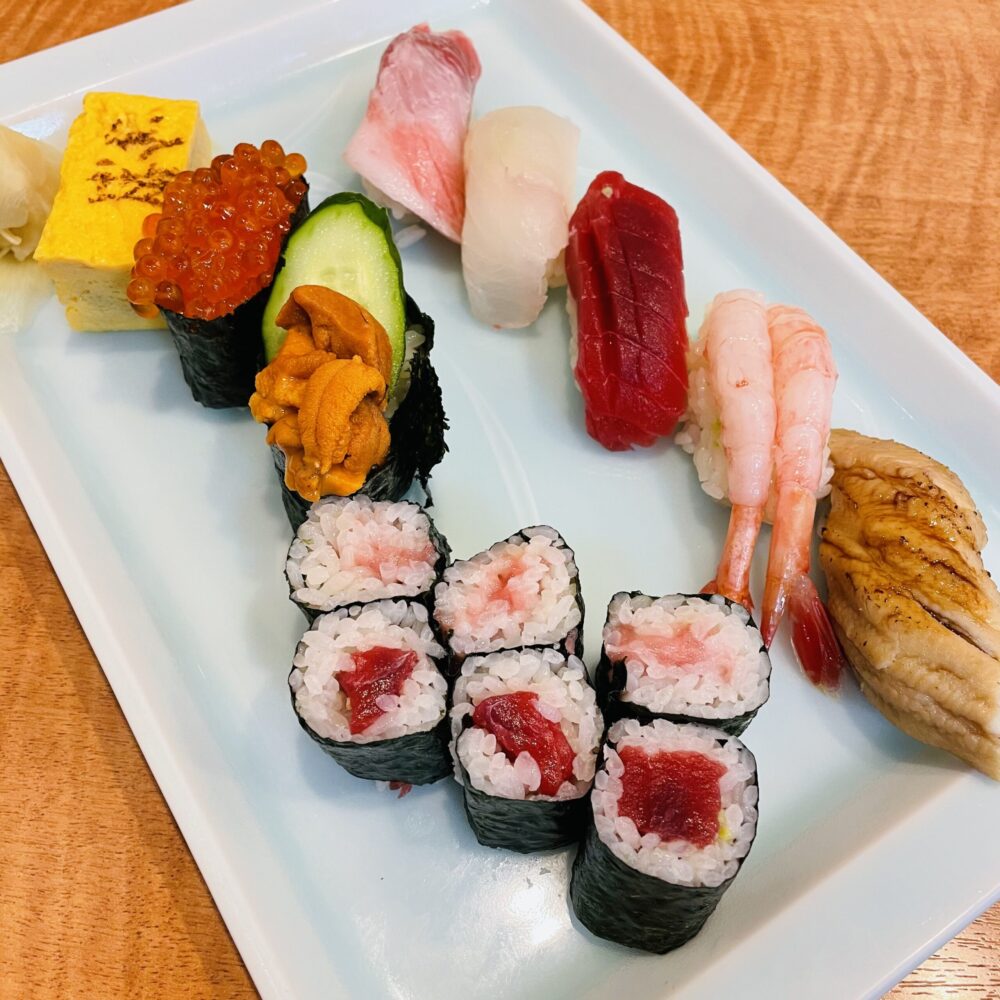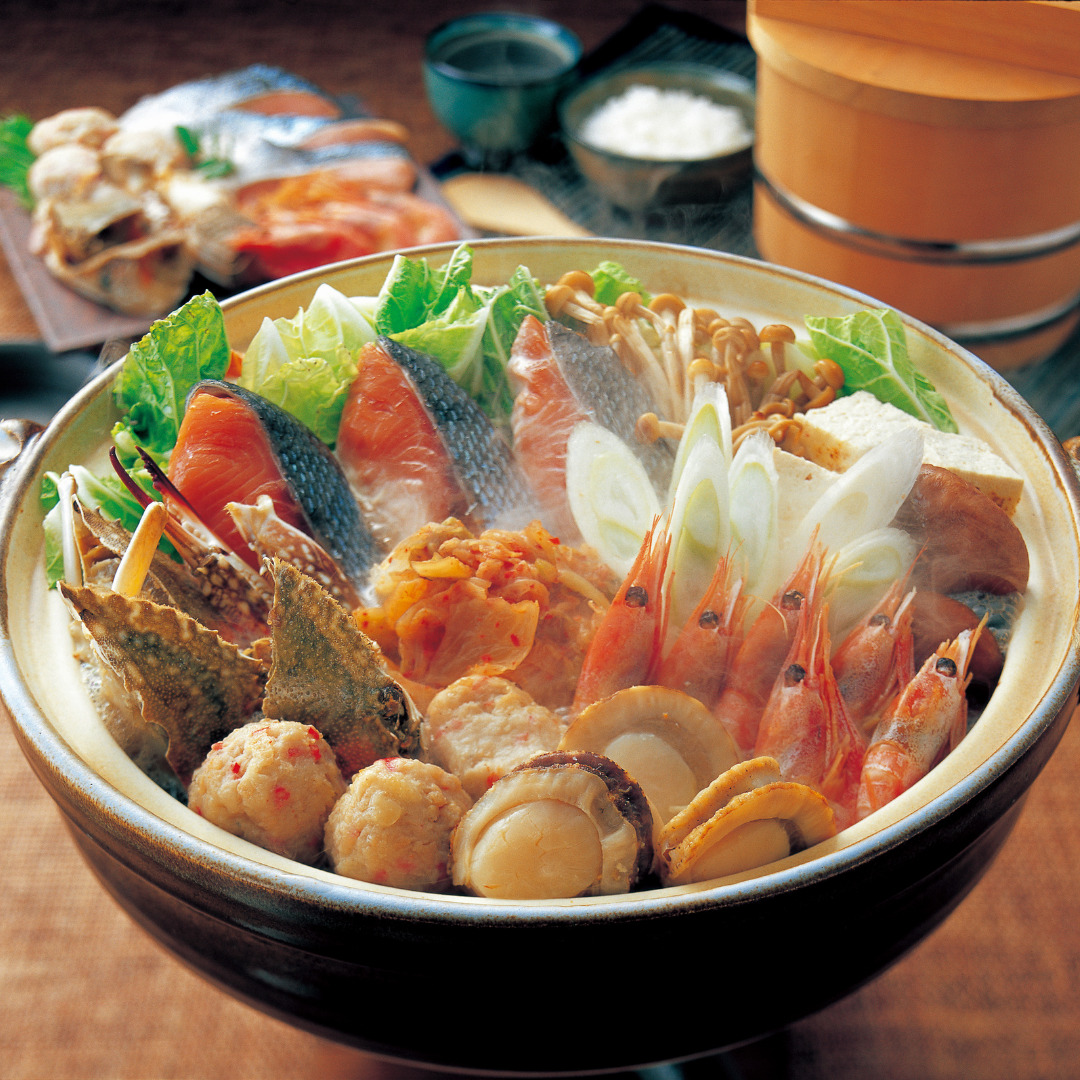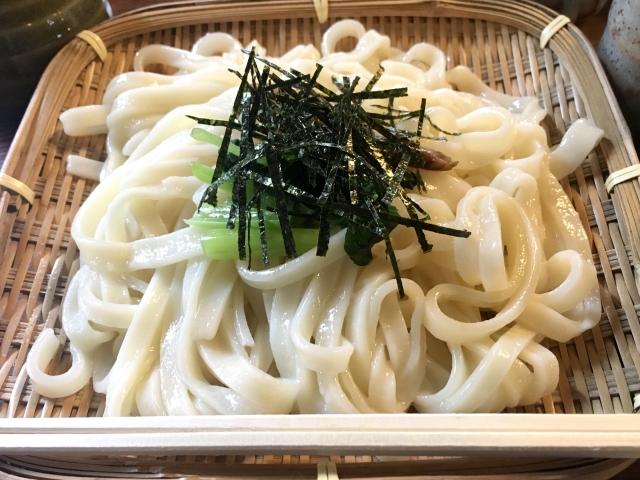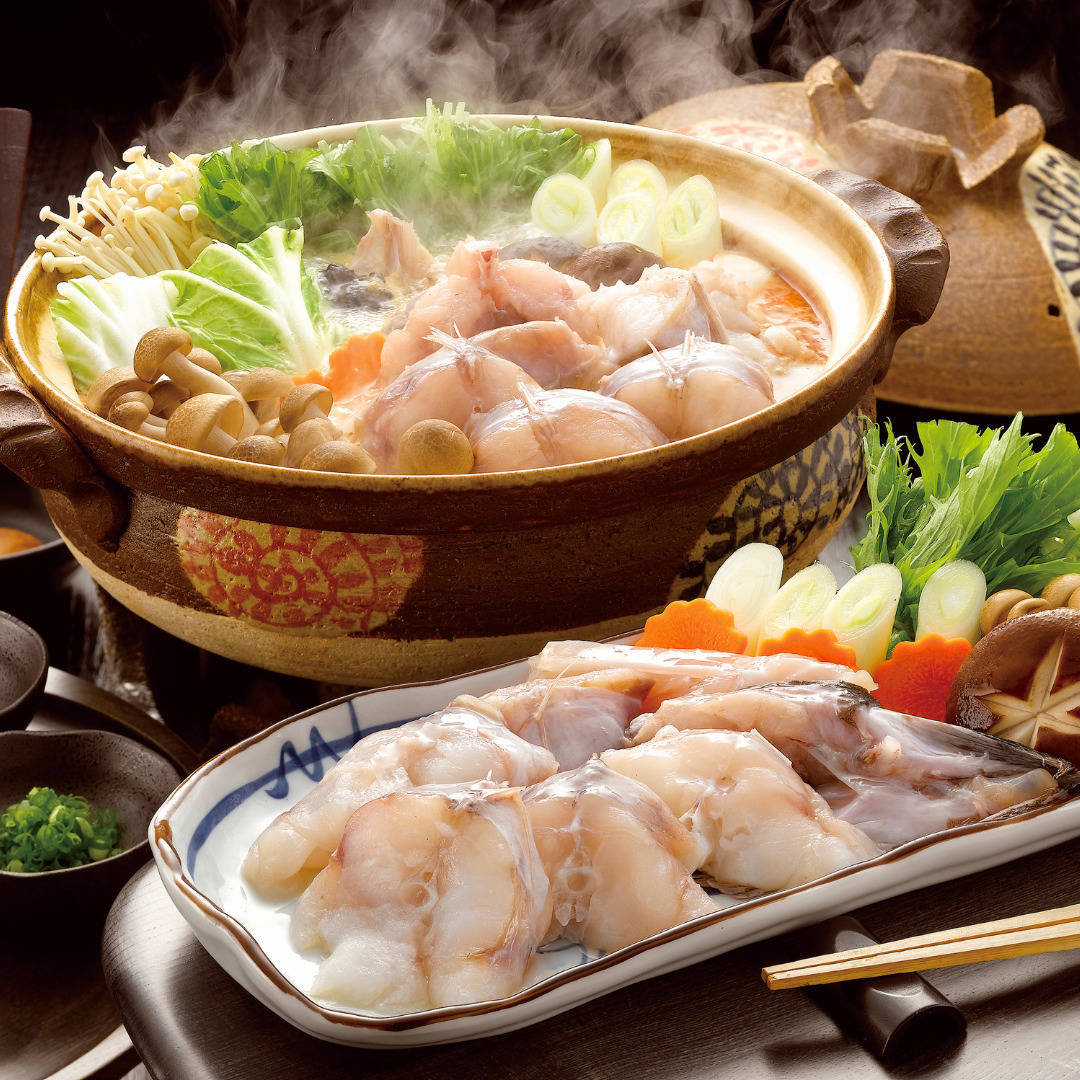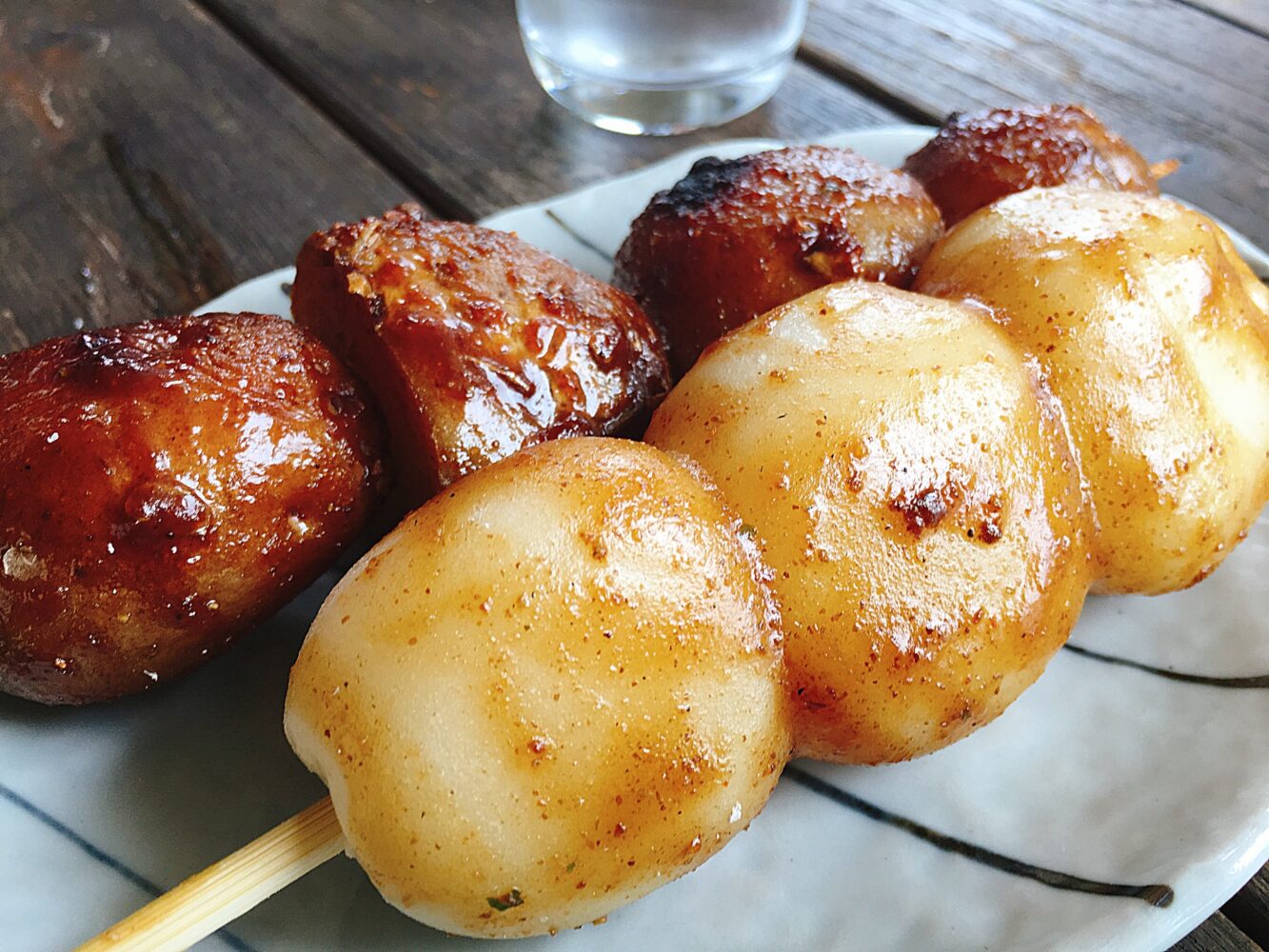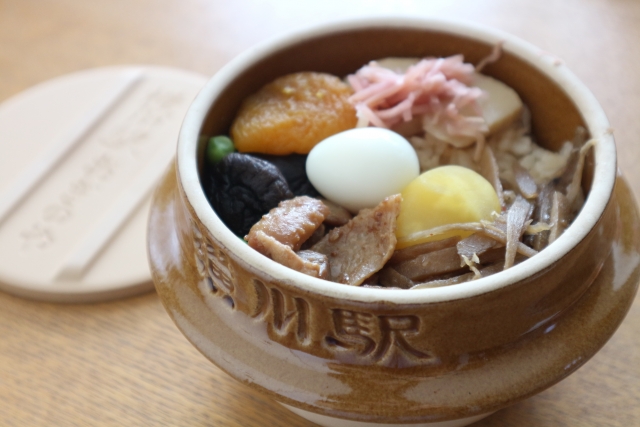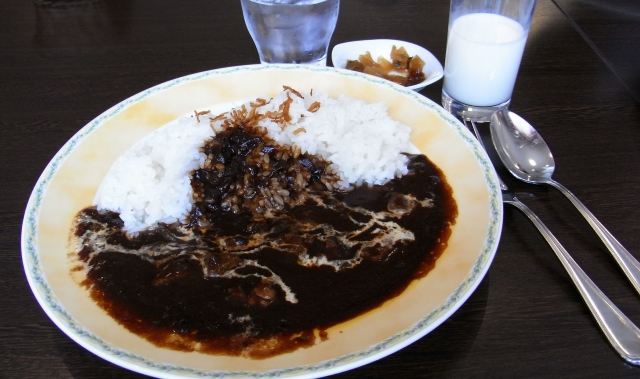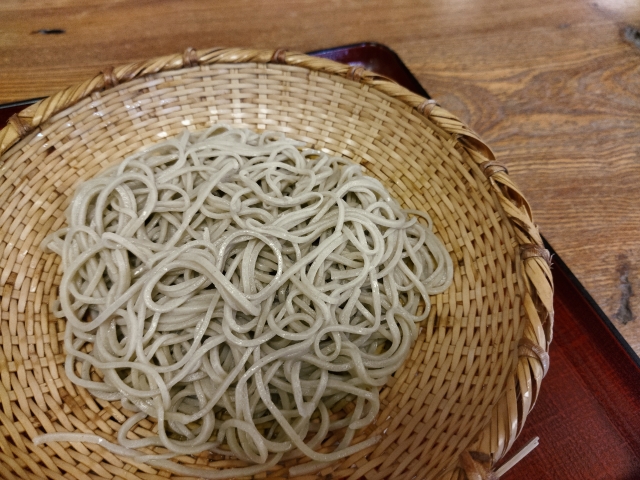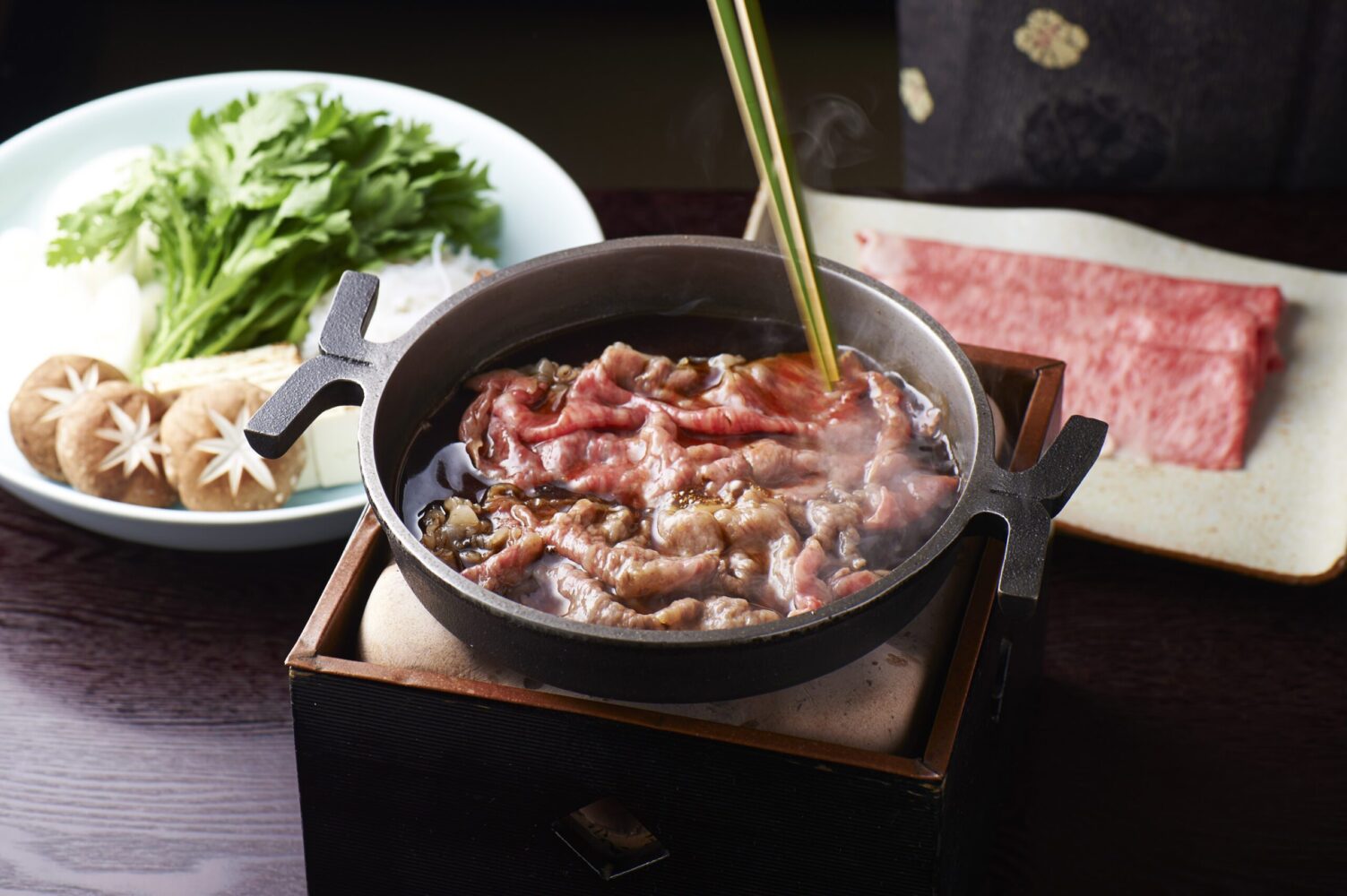30 Best local delicacies ranking (Kanto region)

Table of Contents
1. Introduction
2. Local delicacies ranking (Kanto region)
1. Introduction
2. Local delicacies ranking (Kanto region)
1. Eel
2. Abura soba
3. Ie-kei-Ramen
4. Tendon
5. Teuchi soba (Handmade soba)
6. Fried horse mackerel
7. Monja-yaki
8. Shirasu don
9. Sano ramen
10. Sauce katsudon
11. Cheese hamburg
12. Utsunomiya gyoza
13. Raw shirasu don
14. Dried sweet potato
15. Namero
16. Edo-style sushi
17. Chanko nabe
18. Mizusawa udon
19. Hachioji ramen
20. Anko nabe
21. Stamina ramen
22. Yaki manju
23. Toge no kamameshi
24. Prawn ramen
25. Botan nabe
26. Yokosuka Navy Curry
27. Himokawa udon
28. Jindaiji soba
29. Gyu nabe
30. Cheat (Pig’s stomach)
1. Eel
Prefectures : Chiba Prefecture Classification : Other Comment : Eel cuisine in Narita City is famous throughout Japan. Eel cuisine began as a dish to entertain visitors to Shinsho-Ji Temple on Mt. Narita the beginning, eels caught in the Tone River and the Inba Swamp were used.
|
2. Abura soba
Prefectures : Tokyo Classification : Ramen Noodles Comment : Abura soba is a dish in which a large amount of sesame oil or soy sauce-based soup, chili sauce, vinegar, and other ingredients are poured over the noodles in the bottom of a bowl. Abura soba is said to have originated in the Tama area of Tokyo in the 1950s.
|
3. Ie-kei-Ramen
Prefectures : Kanagawa Prefecture Classification : Ramen Noodles Comment : Ie-Kei ramen is characterized by a pork-bone and soy sauce broth and thick Chinese noodles and originated at Yoshimuraya (Yokohama City, Kanagawa Prefecture), which was established in the 1970s.
|
4. Tendon
Prefectures : Tokyo Classification : Rice bowls and rice dishes Comment : Tendon is a bowl of rice topped with tempura, one of Japan’s most popular dishes. Tempura began in the Edo period (1603-1867) when people fried seafood from the Edo area and ate it standing up at yatai (food stalls). Tempura has been selected as one of “Our Regional Cuisines” by the Ministry of Agriculture, Forestry, and Fisheries.
|
5. Teuchi soba (Handmade soba)
Prefectures : Gunma Prefecture Classification : Soba Comment : It is called “Jyoshu-soba” after the old name of the region in Gunma Prefecture, “Jyoshu. Since Gunma Prefecture has a good wheat harvest, wheat is used as the “binder” of soba noodles to make them stickier and firmer. |
6. Fried horse mackerel
Prefectures : Kanagawa Prefecture Classification : Fried food Comment : “Odawara no aji (horse mackerel)” is Kanagawa Prefecture’s “PRIDE FISH” selected by the Japan Fisheries Cooperative. Many people come from far and wide for Kanagawa Prefecture’s exquisite fried horse mackerel, made with fresh and fatty horse mackerel.
|
7. Monja-yaki
Prefectures : Tokyo Classification : Other Comment : Monja-yaki originated at the end of the Edo period when it was sold as a snack at a dagashi-ya (small-time candy store) in Tsukishima. It has been selected by the Ministry of Agriculture, Forestry and Fisheries as one of the “Local dishes loved by the nation” and “Our Regional Cuisines”.
|
8. Shirasu don
Prefectures : Kanagawa Prefecture Classification : Rice bowls and rice dishes Comment : Shonan Shirasu” is Kanagawa Prefecture’s “PRIDE FISH” selected by the National Federation of Fishery Cooperative Associations. Therefore, the fresh shirasu rice bowl is famous as a specialty of the Shonan area, including Kamakura and Enoshima. The season is from April to June. It has been selected as “Our Regional Cuisines” by the Ministry of Agriculture, Forestry, and Fisheries.
|
9. Sano ramen
Prefectures : Tochigi Prefecture Classification : Ramen Comment : Sano Ramen is eaten mainly in Sano City, Tochigi Prefecture. It is characterized by its flat noodles made of green bamboo strips. The noodles are characterized by their firmness.
|
10. Sauce katsudon
Prefectures : Tochigi Prefecture Classification : Rice bowls and rice dishes Comment : Sauce katsudon in Tochigi Prefecture is a bowl of rice topped with pork cutlet and sauce. Ashikaga City is the birthplace of the sauced pork cutlet bowl.
|
11. Cheese hamburg
Prefectures : Kanagawa Prefecture Classification : Meat Dishes Comment : It is a specialty of “Yoshoku Kimura,” a restaurant established in 1938, which serves hamburger steak and cheese on a plate shaped like a scallop.
|
12. Utsunomiya gyoza
Prefectures : Tochigi Prefecture Classification : Other Comment : Utsunomiya gyoza is characterized by the fact that the filling of the gyoza is mainly vegetables. They contain almost no meat or garlic, which are usually found in other types of gyoza. Utsunomiya gyoza has been selected as one of the “Local Popular Cuisine Special Selection” and “Our Regional Cuisines” by the Ministry of Agriculture, Forestry, and Fisheries.
|
13. Raw shirasu don
Prefectures : Ibaraki Prefecture Classification : Rice bowls and rice dishes Comment : Ibaraki no shirasu” is Ibaraki Prefecture’s “PRIDE FISH” as selected by the National Federation of Fishermen’s Cooperative Associations. Shirasu can be caught at any fishing port in Ibaraki Prefecture. The season is from September to October.
|
14. Dried sweet potato
Prefectures : Ibaraki Prefecture Classification : Other Comment : Dried sweet potatoes are processed products made by boiling sweet potatoes, cutting them into thin slices, and drying them. Ibaraki Prefecture is the top producer of dried sweet potatoes in Japan. It has been selected by the Ministry of Agriculture, Forestry, and Fisheries as one of “Our Regional Cuisines”.
|
15. Namero
Prefectures : Chiba Prefecture Classification : Other Comment : “Namero” is a type of fish slice. It is made by mixing horse mackerel with miso paste, green onions, chopped ginger, etc., and beating with a knife until the mixture becomes sticky. It has been selected as one of “Our Regional Cuisines” by the Ministry of Agriculture, Forestry and Fisheries.
|
16. Edo-style sushi
Prefectures : Tokyo Classification : Other Comment : Edomae Sushi is made from fish caught in Tokyo Bay (in front of Edo). Nigirizushi is the main type of sushi. It has been selected as one of “Our Regional Cuisines” by the Ministry of Agriculture, Forestry and Fisheries.
|
17. Chanko nabe
Prefectures : Tokyo Classification : Hot pots and soups Comment : “Chanko” refers to the home-cooked food prepared by rikishi who are in charge of “chanko-ban” in a sumo stable. Chanko-nabe is one of the most famous chanko dishes. Chanko-nabe has been selected as one of the “Our Regional Cuisines” by the Ministry of Agriculture, Forestry, and Fisheries of Japan.
|
18. Mizusawa udon
Prefectures : Gunma Prefecture Classification : Udon Noodles Comment : Gunma Prefecture is famous for its high-quality wheat, which is used to make a variety of udon noodles. Mizusawa Udon” in Shibukawa City is one of them. Gunma’s udon has been selected by the Ministry of Agriculture, Forestry, and Fisheries as one of the prefecture’s “Our Regional Cuisines”.
|
19. Hachioji ramen
Prefectures : Tokyo Classification : Ramen noodles Comment : Hachioji Ramen is a type of ramen from Hachioji City, Tokyo. It is characterized by the use of chopped leek as a topping.
|
20. Anko nabe
Prefectures : Ibaraki Prefecture Classification : Hot pots and soups Comment : As a winter nabe dish, it is called “Fugu nabe (tecchiri)” in western Japan and “Anko-nabe” in eastern Japan. Anko-nabe has been selected as one of the 100 best local dishes by the Ministry of Agriculture, Forestry, and Fisheries of Japan.
|
21. Stamina ramen
Prefectures : Ibaraki Prefecture Classification : Ramen noodles Comment : Stamina Ramen is ramen from Hitachinaka City, Ibaraki Prefecture. A sweet and spicy red bean paste based on the liver, cabbage, carrots, pumpkin, etc. is poured over soy sauce ramen. |
22. Yaki manju
Prefectures : Gunma Prefecture Classification : Sweets Comment : Gunma Prefecture, a flourishing wheat producer, originally produced many “Manju (buns)”. Yaki-Manju is a type of Manju skewered and baked with miso sauce. It has been selected as one of the “Local dishes loved by the nation” and “Our Regional Cuisines” by the Ministry of Agriculture, Forestry, and Fisheries.
|
23. Toge no kamameshi
Prefectures : Gunma Prefecture Classification : Others Comment : Ekiben is made by Oginoya, a box lunch box manufacturer in Annaka City, Gunma Prefecture. It has been a long seller since it was first sold in 1958.
|
24. Prawn ramen
Prefectures : Kanagawa Prefecture Classification : Ramen noodles Comment : Ramen noodles made with shrimp from Ebina City, Kanagawa Prefecture. It features a rich miso soup with the aroma of cherry shrimp. |
25.Botan nabe
Prefectures : Saitama Classification : Hot pots and soups Comment : In Chichibu City, Saitama Prefecture, there was a custom of eating the meat of wild boars caught by local hunters. Note that the “three major hunting grounds in Japan” are Tanba Sasayama in Hyogo Prefecture, Amagi Mountain in Shizuoka Prefecture, and Gujo Hachiman in Gifu Prefecture.
|
26. Yokosuka Navy Curry
Prefectures : Kanagawa Prefecture Classification : Curry Comment : This is a modern reproduction of a curry recipe that was a navy meal in the Meiji era. It was created in Yokosuka City in 1999 as part of the city’s revitalization efforts. It has been selected as one of the “Local dishes loved by the nation” and “Our Regional Cuisines” by the Ministry of Agriculture, Forestry, and Fisheries.
|
27. Himokawa udon
Prefectures : Gunma Prefecture Classification : Udon Noodles Comment : The “string noodles” are wide, thin, flat noodles. The noodles are 5-15 cm wide. It is widely eaten around Kiryu City, Gunma Prefecture. Gunma udon” has been selected as one of “Our Regional Cuisines” by the Ministry of Agriculture, Forestry and Fisheries.
|
28. Jindaiji soba
Prefectures : Tokyo Classification : Soba Comment : Jindaiji soba is a buckwheat noodle produced in the Jindaiji area in Chofu City, Tokyo. The area around Jindaiji is well drained and suitable for buckwheat noodle cultivation, and the abundance of high-quality spring water made it a famous buckwheat noodle production area.
|
29. Gyu nabe
Prefectures : Kanagawa Prefecture Classification : Hot pots and soups Comment : Beef nabe is a nabe dish that originated in Yokohama City. While sukiyaki is made by grilling the meat and then boiling it, beef nabe is made by boiling the ingredients in a sauce from the beginning. It has been selected as one of “Our Regional Cuisines” by the Ministry of Agriculture, Forestry and Fisheries.
|
30. Cheat (Pig’s stomach)
Prefectures : Kanagawa Prefecture Classification : Meat dishes Comment : Cheeto is the stomach of a pig. It is eaten stir-fried with ginger and other ingredients. The flavor of the pork is concentrated and the texture is plump. |
目錄
1、說明簡介
2、地方美食人氣排名(関東)
1、鰻魚
2、日式油麵
3、家系拉麵
4、天丼
5、手打蕎麥麵
6、炸竹莢魚
7、文字燒
8、吻仔魚丼
9、佐野拉麵
10、醬汁炸豬排丼
11、起司漢堡肉排
12、宇都宮餃子
13、生吻仔魚丼
14、地瓜乾
15、味噌生魚碎
16、江戶前壽司
17、相撲火鍋
18、水澤烏龍麵
19、八王子拉麵
20、鮟鱇魚鍋
21、精力拉麵
22、烤饅頭
23、釜鍋便當
24、海老拉麵
25、牡丹鍋
26、橫須賀海軍咖哩
27、極寬烏龍麵
28、深大寺蕎麥麵
29、牛鍋
30、豬肚
1、鰻魚
都道府縣 : 千葉縣 分類 : 其他分類 評論 : 成田市的鰻魚聞名全國。鰻魚料理最初是招待成田山新勝寺香客的料理。當初使用在利根川和印旛沼中捕獲的鰻魚。
|
2、日式油麵
都道府縣 : 東京都 分類 : 拉麵 評論 : 日式油麵是在碗底放入以芝麻油、醬油為基底的醬汁、並淋上大量的辣油及醋的拌麵料理。發源於1950年代的東京都多摩地區。
|
3、家系拉麵
都道府縣 : 神奈川縣 分類 : 拉麵 評論 : 豚骨醬油湯頭和粗中華麵條是家系拉麵的特色、發源於1970年開業的「吉村家」(位於神奈川縣橫濱市)。
|
4、天丼
都道府縣 : 東京都 分類 : 丼飯・飯類 評論 : 天丼是在米飯上面放上天婦羅(日本代表食物之一)的丼飯。江戶時代將江戶前的海鮮油炸後站在小吃攤吃是天婦羅的起源。被農林水產省評為“我們的鄉土料理”之一。
|
5、手打蕎麥麵
都道府縣 : 群馬縣 分類 : 蕎麥麵 評論 : 由群馬縣的舊地名「上州」而來的「上州蕎麥麵」。由於群馬縣生產優質的小麥、便在蕎麥麵中添加小麥粉以增加麵的黏性和嚼勁。 |
6、炸竹莢魚
都道府縣 : 神奈川縣 分類 : 炸物類 評論 : 「小田園竹莢魚」被全國漁業公會選為神奈川縣的「PRIDE FISH」、許多人遠道而來品嚐使用新鮮肥美的竹莢魚製做的神奈川縣絕品炸竹莢魚。
|
7、文字燒
都道府縣 : 東京都 分類 : 其他分類 評論 : 文字燒起源於江戶時代末期、當時是月島一家雜貨店販售的零食。被農林水產省評為“地方人氣鄉土料理”、“我們的鄉土料理”之一。
|
8、吻仔魚丼
都道府縣 : 神奈川縣 分類 : 丼飯・飯類 評論 : 生吻仔魚丼是鎌倉、江之島等湘南地區的名產。產季是4月到6月。被農林水產省評為“我們的鄉土料理”之一。
|
9、佐野拉麵
都道府縣 : 栃木縣 分類 : 拉麵 評論 : 佐野拉麵是栃木縣佐野市普遍食用的拉麵。它是用青竹竿拍打製成的扁麵條、特點是麵條很有嚼勁。
|
10、醬汁炸豬排丼
都道府縣 : 栃木縣 分類 : 丼飯・飯類 評論 : 栃木縣的醬汁炸豬排丼是在丼飯上放上淋上醬汁的炸豬里脊肉。足利市是醬汁炸豬排丼的發源地。
|
11、起司漢堡肉排
都道府縣 : 神奈川縣 分類 : 肉料理 評論 : 將漢堡肉排和起司放在扇貝狀的盤子上、這是開業於1938年的「洋食KIMURA」的經典料理。
|
12、宇都宮餃子
都道府縣 : 栃木縣 分類 : 其他分類 評論 : 宇都宮餃子的特色是內餡以蔬菜為主、幾乎沒有加入一般餃子會放的絞肉跟大蒜。被農林水產省評為“地方人氣鄉土料理”、“我們的鄉土料理”之一。
|
13、生吻仔魚丼
都道府縣 : 茨城縣 分類 : 丼飯・飯類 評論 : 在茨城縣的任何漁港都可以捕獲吻仔魚。產季是從9月到10月。
|
14、地瓜乾
都道府縣 : 茨城縣 分類 : 其他分類 評論 : 地瓜乾是將地瓜煮熟、切成薄片、乾燥而成的加工品。茨城縣的地瓜乾產量是全國第一。被農林水產省評為“我們的鄉土料理”之一。
|
15、味噌生魚碎
都道府縣 : 千葉縣 分類 : 海鮮類 評論 : 「味噌生魚碎」是一種將魚拍碎的料理。主要是把竹莢魚和味噌、蔥、薑末等配料混合、用菜刀拍打到有黏性即成。被農林水產省評為“我們的鄉土料理”之一。
|
16、江戶前壽司
都道府縣 : 東京都 分類 : 其他分類 評論 : 江戶前壽司是使用在東京灣(江戶前)捕獲的魚製做的壽司、以握壽司為主。被農林水產省評為“我們的鄉土料理”之一。
|
17、相撲火鍋
都道府縣 : 東京都 分類 : 鍋物・湯類 評論 : 「Chanko」是指在相撲部屋(日本培訓力士的組織)值日的相撲力士自製的料理。其中最有名的就是相撲火鍋。
|
18、水澤烏龍麵
都道府縣 : 群馬縣 分類 : 烏龍麵 評論 : 群馬縣是優質小麥的產地。各種類型的烏龍麵深受群馬縣民的喜愛、澀川市的「水澤烏龍麵」就是其中之一。 被農林水產省評為“我們的鄉土料理”之一。
|
19、八王子拉麵
都道府縣 : 東京都 分類 : 拉麵 評論 : 八王子拉麵是東京八王子市的拉麵。它的特色是使用切碎的洋蔥作為配料。
|
20、鮟鱇魚鍋
都道府縣 : 茨城縣 分類 : 鍋物・湯類 評論 : 冬天的鍋物料理、西日本有「河豚鍋」、東日本有「鮟鱇魚鍋」。被農林水產省評為郷土料理百選之一。
|
21、精力拉麵
都道府縣 : 茨城縣 分類 : 拉麵 評論 : 精力拉麵是茨城縣常陸那珂市的拉麵。是將基底為肝臟、高麗菜、胡蘿蔔和南瓜的甜鹹餡料澆在醬油拉麵上。 |
22、烤饅頭
都道府縣 : 群馬縣 分類 : 甜點 評論 : 盛產小麥的群馬縣原本就生產很多饅頭。烤饅頭是將串在竹籤上的饅頭、刷上味增醬汁烤製而成。被農林水產省評為“地方人氣鄉土料理”、“我們的鄉土料理”之一。
|
23、釜鍋便當
都道府縣 : 群馬縣 分類 : 丼飯・飯類 評論 : 群馬縣安中市荻野家便當店的鐵路便當、米飯是用益子燒釜鍋炊煮、自1958年推出以來長年暢銷。
|
24、海老拉麵
都道府縣 : 神奈川縣 分類 : 拉麵 評論 : 使用神奈川縣海老名市的蝦子製作的拉麵。濃郁的味增湯頭中帶有櫻花蝦香氣是它的特色。 |
25、牡丹鍋
都道府縣 : 埼玉縣 分類 : 鍋物・湯類 評論 : 在埼玉縣秩父市、有吃當地獵人捕獲的山豬肉的習俗。此外、「日本三大獵場」為兵庫縣的丹波篠山、靜岡縣的天城山、岐阜縣的郡上八幡。
|
26、橫須賀海軍咖哩
都道府縣 : 神奈川縣 分類 : 咖哩 評論 : 這道料理是明治時期海軍咖哩伙食的再現、是橫須賀城市振興的一環、創生於1999年。被農林水產省評為“地方人氣鄉土料理”、“我們的鄉土料理”之一。
|
27、極寬烏龍麵
都道府縣 : 群馬縣 分類 : 烏龍麵 評論 : 極寬烏龍麵是一種又寬又薄的扁平烏龍麵、麵的寬度在5到15公分之間。在群馬縣桐生市一帶被廣泛食用。
|
28、深大寺蕎麥麵
都道府縣 : 東京都 分類 : 蕎麥麵 評論 : 深大寺蕎麥麵是用東京都調布市深大寺附近的蕎麥製作。深大寺周邊地區排水良好、適宜種植蕎麥、且擁有豐沛優質的湧泉、是蕎麥的著名產地。
|
29、牛鍋
都道府縣 : 神奈川縣 分類 : 鍋物・湯類 評論 : 牛鍋是發源於橫濱市的鍋物料理。有別於壽喜燒是先將肉煎過後再燉煮、牛鍋則是一開始就將食材放入醬汁中燉煮。被農林水產省評為“我們的鄉土料理”之一。
|
30、豬肚
都道府縣 : 神奈川縣 分類 : 肉料理 評論 : 豬肚是指豬的胃。和生薑拌炒食用、具有濃郁的豬肉鮮味和彈牙的口感。 |
“代表海産(PRIDE FISH)” 是由全國漁業聯合會所評選全國各地的代表魚類。
